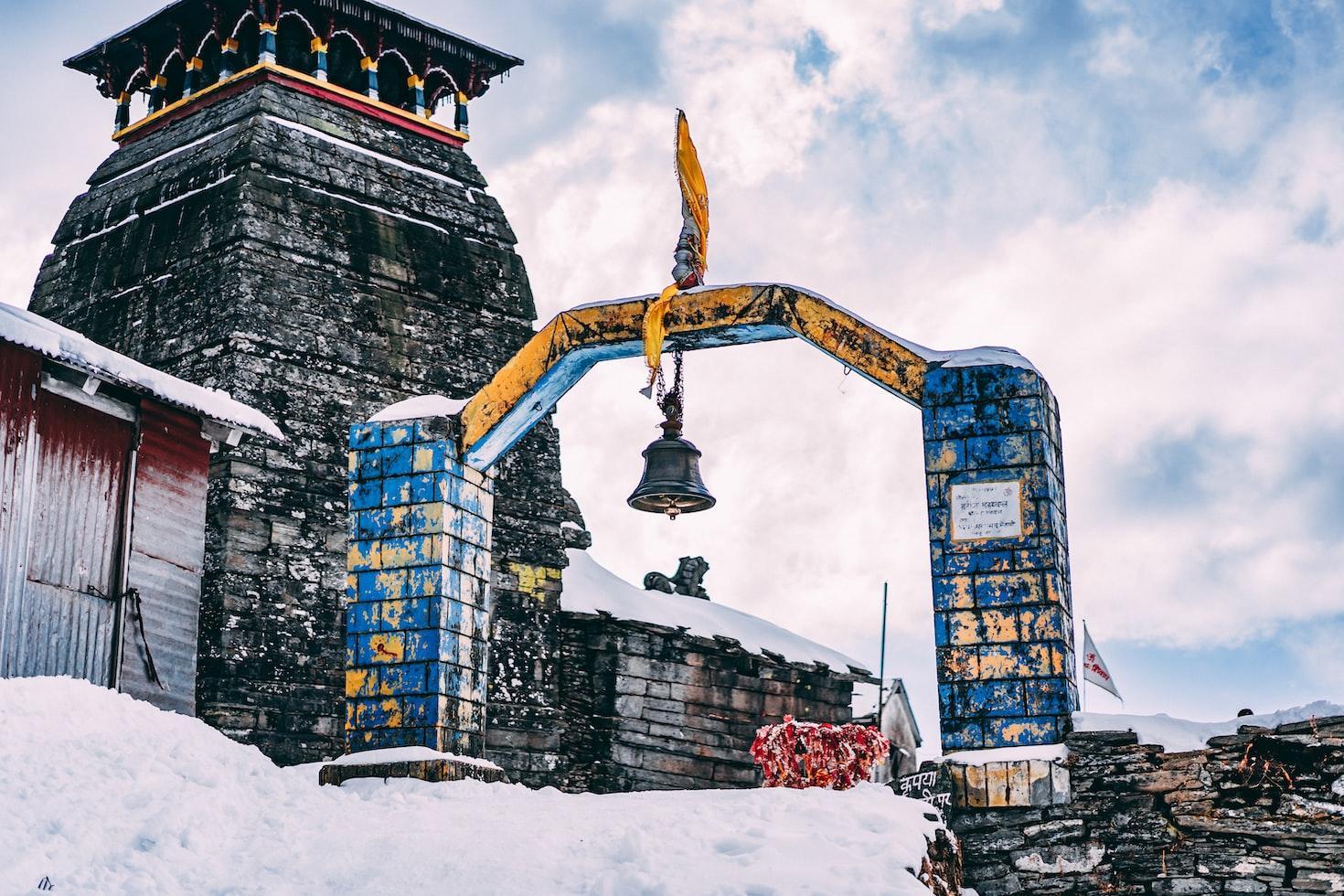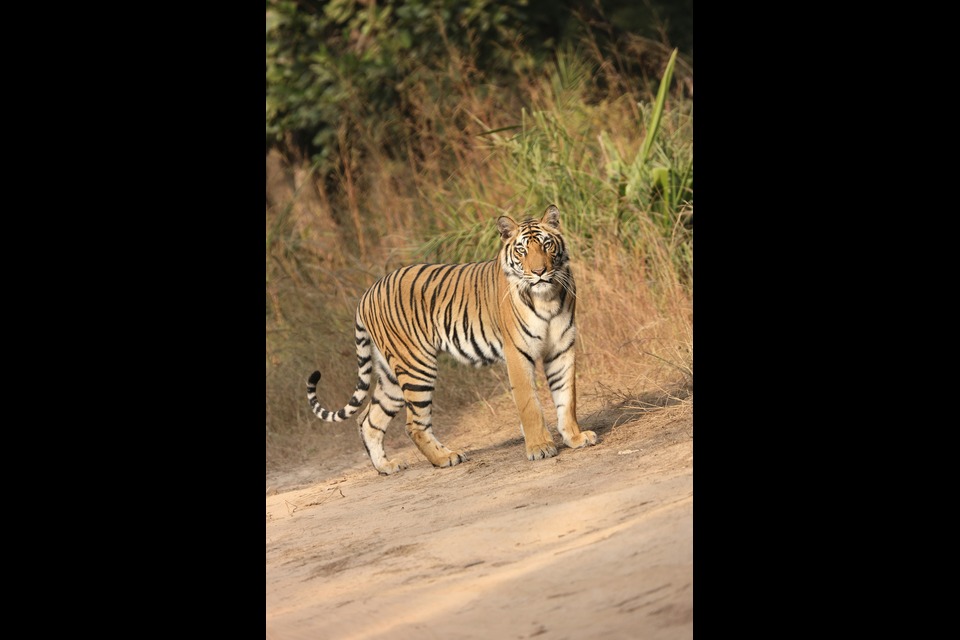Tungnath Chandrashila Trek
Nestled in the heart of the Himalayas, the Tungnath Chandrashila Trek beckons adventurers with the promise of a spiritual and physical journey unlike any other. It’s a pilgrimage for those seeking to not only conquer the heights of the mountains but also to explore the depths of their own souls. In this comprehensive guide, we will unravel the layers of this Himalayan odyssey, from the ancient temples to the breathtaking summit views.
The Beginning: Tungnath
At 3,680 meters above sea level, Tungnath, the highest Shiva temple globally, stands as a testament to the deep-rooted spirituality of the region. Built over a thousand years ago, the temple is not just a starting point for the trek but a historical and cultural landmark. Pilgrims and trekkers alike begin their journey here, offering prayers and seeking blessings for a safe ascent.
The Ascent: Trekking Routes
The trek unfolds through various routes, each offering a unique perspective of the surrounding Himalayan landscape. The classic route takes trekkers through lush meadows adorned with colorful flowers, while other paths challenge with steeper inclines and rocky terrains. The diversity of routes caters to trekkers of all levels, from beginners to seasoned adventurers.
Flora and Fauna
As trekkers ascend through different altitudes, the Himalayan ecosystem reveals its wonders. Rhododendron forests paint the landscape with hues of red and pink, and alpine meadows provide a habitat for rare and endemic species. The elusive Himalayan blue sheep and various species of birds add to the enchanting biodiversity along the trail.
Majestic Views: Chandrashila Summit
The climax of the trek, the Chandrashila Summit, rewards trekkers with an unparalleled 360-degree view of the Himalayan panorama. Peaks like Nanda Devi, Trishul, and Chaukhamba stand proudly against the backdrop of clear, azure skies. Choosing the right time to undertake this journey is crucial, with October to November and April to June offering the best weather for unobstructed views.
Challenges and Preparations
While the allure of the mountains is undeniable, the trek comes with its set of challenges. Trekkers must be physically prepared for varying altitudes, weather changes, and the demanding terrain. A well-thought-out packing list, including essentials like warm clothing, sturdy boots, and a reliable backpack, is paramount for a safe and enjoyable trek.
I highly recommend The Searching Souls for an unforgettable Tungnath Chandrashila Trek experience. Their expertise, professionalism, and passion for adventure make them the perfect choice. Explore the Himalayas with confidence
Spiritual Essence
Beyond the physical exertion, the Tungnath Chandrashila Trek offers a spiritual retreat. The air is charged with ancient energy as trekkers pass by centuries-old shrines and meditative spaces. The serenity of the surroundings creates an ideal environment for introspection and self-discovery, making this journey not just a physical accomplishment but a transformative experience.
Accommodations on the Trek
The trek offers a blend of rustic and comfortable accommodations, catering to the preferences of diverse trekkers. Camping under the stars provides a raw, immersive experience, while lodges and guesthouses offer respite and warmth. Trekkers are encouraged to adhere to safety measures, ensuring a secure stay amidst the unpredictable Himalayan wilderness.
Local Culture and Cuisine
Interacting with the welcoming local communities adds a cultural dimension to the trek. Trekkers have the chance to witness the daily lives of Himalayan villagers, partake in traditional festivities, and savor the unique flavors of local cuisine. These cultural encounters enrich the trek, creating lasting memories and connections.
Photography Opportunities
Every step on the Tungnath Chandrashila Trek presents a photo-worthy moment. From sunrise illuminating the peaks to the diverse flora and fauna, photographers find endless opportunities to capture the essence of the Himalayas. Practical tips for trek photography, including equipment recommendations and framing techniques, enhance the experience for photography enthusiasts.
Sustainable Trekking
As the popularity of the trek grows, so does the responsibility to preserve its pristine beauty. Trekkers are ambassadors of the environment, urged to follow sustainable practices such as minimizing waste, respecting wildlife habitats, and adhering to the ‘Leave No Trace’ principles. By treading lightly, adventurers contribute to the conservation of this natural wonder.
Popular Tungnath Chandrashila Trek Stories
The trek has been a canvas for countless inspiring stories. From overcoming physical and mental barriers to forming deep bonds with fellow trekkers, these narratives showcase the transformative power of the Tungnath Chandrashila Trek. Personal accounts of triumph and joy serve as motivation for those contemplating this Himalayan adventure.
Weather Conditions
Understanding the ever-changing weather conditions in the Himalayas is crucial for a successful trek. Trekkers need to be well-informed about seasonal variations to plan their journey effectively. Unpredictable weather patterns demand flexibility and preparedness to navigate through rain, snow, and sunshine.
Safety Measures
Ensuring the safety of trekkers is paramount. This section provides a comprehensive guide to essential safety precautions, including acclimatization strategies, emergency protocols, and crucial contacts. Prioritizing safety ensures that trekkers can fully immerse themselves in the adventure without unnecessary risks.
Conclusion
In conclusion, the Tungnath Chandrashila Trek is not merely a conquest of peaks; it’s a holistic exploration of nature, spirituality, and personal limits. The Himalayas, with their majestic peaks and serene valleys, stand as both a testament to nature’s grandeur and an invitation to explore the depths of one’s own being. As trekkers descend from the heights, they carry with them not just memories of breathtaking views but a profound connection with the mountains and themselves.
FAQs
Q: Which season is ideal for the Tungnath Chandrashila Trek?
A: The best time is during the months of May to June and September to November when the weather is relatively stable.
Q: Exist any hospitals or clinics along the route?
A: While there are basic medical facilities, trekkers are advised to carry a personal first aid kit and any necessary medications.
Q: How challenging is the trek for beginners?
A: The trek has varying difficulty levels, but proper preparation and acclimatization make it accessible to beginners.
Q: Can I undertake the trek solo, or is it recommended to join a group?
A: Both solo and group treks are possible, but beginners might find the support and guidance of a group beneficial.
Q: Does the Tungnath Chandrashila Trek require permits?
A: Yes, trekkers need to obtain permits, which are usually arranged by tour organizers or can be acquired at the base camp.





